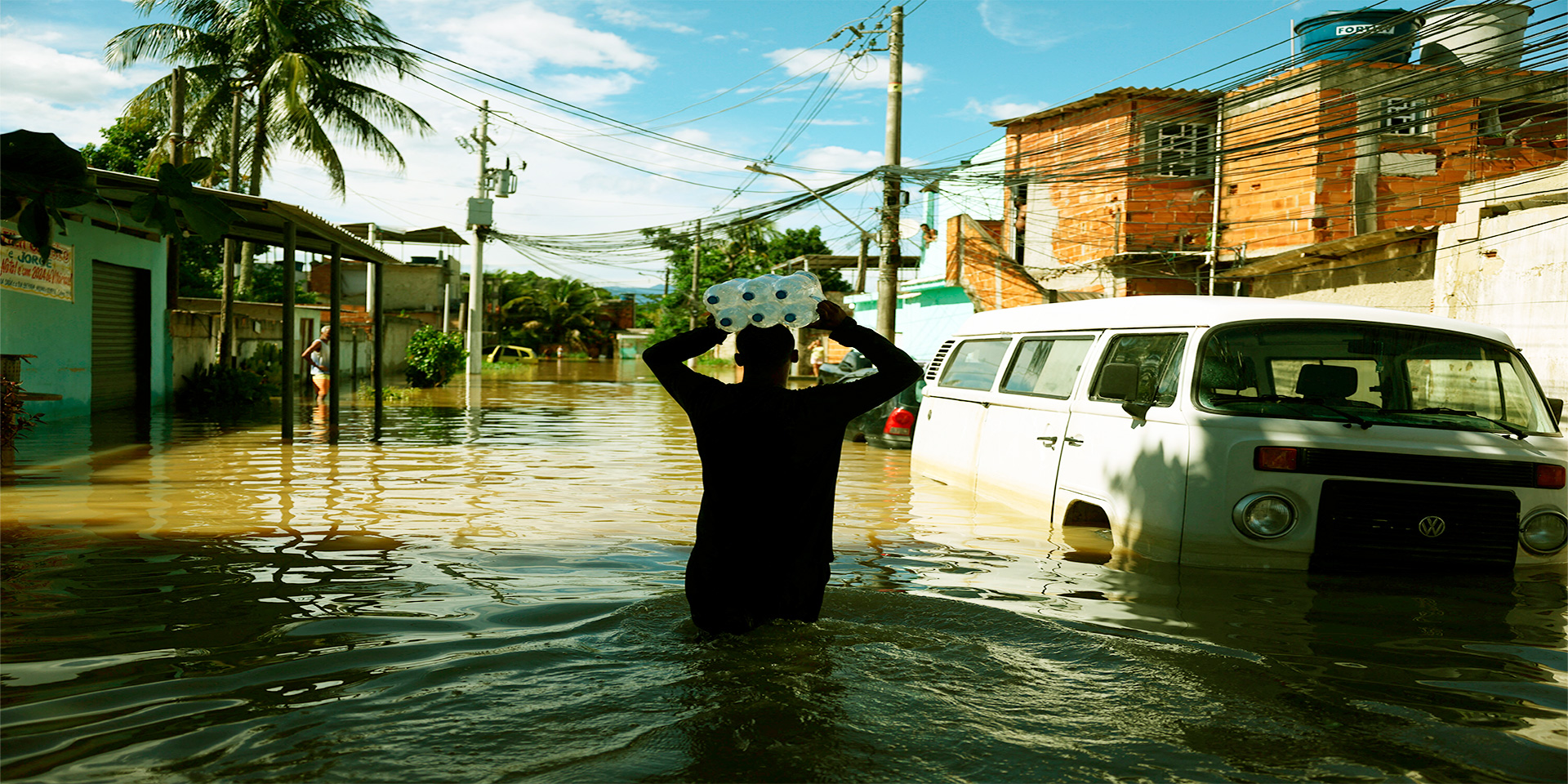
Technogenic accidents, such as industrial explosions, chemical spills, and nuclear disasters, can have devastating effects on regional economies. These incidents often disrupt livelihoods, damage infrastructure, and create long-term environmental challenges. Financial aid, in the form of loans and grants, plays a crucial role in helping affected regions recover and rebuild. By providing resources for reconstruction, economic stabilization, and job creation, financial assistance accelerates recovery efforts and ensures sustainable development. This article analyzes how loans and grants support economic recovery in regions impacted by industrial accidents and explores strategies for maximizing their effectiveness.
The Economic Impact of Technogenic Accidents
Technogenic accidents disrupt local economies in multiple ways, from halting industrial operations to displacing residents. These disruptions often lead to job losses, reduced tax revenues, and increased public spending on emergency response and healthcare. The long-term effects can include decreased investor confidence and slower regional growth.
For instance, the Fukushima nuclear disaster in Japan caused widespread economic fallout, with billions of dollars spent on evacuation, decontamination, and infrastructure repair. Similarly, the Deepwater Horizon oil spill in the United States led to significant losses in the fishing and tourism industries, alongside environmental restoration costs.
Key Economic Challenges
- Job Losses: Closure of affected industries leads to unemployment and loss of income for local communities.
- Infrastructure Damage: Destruction of roads, utilities, and buildings disrupts daily life and economic activity.
- Environmental Costs: Cleanup and restoration efforts require substantial resources and time.
- Decline in Investment: Businesses and investors may hesitate to return to affected regions.
Addressing these challenges requires coordinated efforts and significant financial resources.
The Role of Financial Aid in Economic Recovery
Financial aid, provided through loans, grants, and public-private partnerships, is essential for jumpstarting recovery efforts in regions affected by technogenic accidents. This aid supports immediate needs, such as disaster relief and infrastructure repair, while fostering long-term economic resilience.
Grants for Immediate Relief
Grants are often the first form of financial aid provided to disaster-stricken regions. These funds are allocated for emergency response, temporary housing, and healthcare services. Unlike loans, grants do not require repayment, making them ideal for addressing urgent needs without burdening local governments or businesses with additional debt.
For example, after the Bhopal gas tragedy in India, international organizations provided grants to support medical care and compensate affected families, helping them recover from the immediate aftermath of the disaster.
Loans for Reconstruction and Growth
Loans play a critical role in funding long-term recovery efforts, such as rebuilding infrastructure, restoring industrial operations, and supporting small businesses. Governments often secure low-interest or concessional loans from international financial institutions, enabling them to invest in large-scale reconstruction projects.
Local businesses also benefit from loans designed to support recovery and growth. For instance, microfinance programs provide small-scale entrepreneurs with access to capital, helping them rebuild their enterprises and create jobs in affected regions.
Public-Private Partnerships
Public-private partnerships (PPPs) leverage resources from both sectors to address recovery needs. By combining government funding with private sector expertise and investment, PPPs enable efficient and sustainable reconstruction efforts.
In the wake of the Deepwater Horizon spill, partnerships between federal agencies and private companies funded environmental restoration projects and supported the recovery of affected industries, such as tourism and fishing.

Maximizing the Impact of Financial Aid
While financial aid is essential for economic recovery, its effectiveness depends on careful planning, implementation, and monitoring. Maximizing the impact of aid requires collaboration between governments, financial institutions, and local communities.
Targeted Allocation of Funds
Financial aid should be directed toward areas with the greatest need and potential for economic impact. For example, investing in the restoration of key industries, such as agriculture or manufacturing, creates jobs and stimulates economic activity. Similarly, prioritizing infrastructure repair ensures that communities have access to essential services and transportation networks.
Transparent Governance
Transparency and accountability are critical for ensuring that financial aid reaches its intended beneficiaries. Establishing clear guidelines for fund allocation and monitoring expenditures helps prevent corruption and misuse of resources. Engaging local communities in decision-making processes further enhances transparency and ensures that recovery efforts align with their needs.
Building Resilience
Recovery efforts should prioritize building resilience to future disasters. For instance, infrastructure projects can incorporate climate-resistant designs, while industrial facilities can implement stricter safety measures to prevent accidents. These investments reduce vulnerability and enhance long-term sustainability.
Strengthening Local Economies
Supporting local businesses and entrepreneurs is key to revitalizing regional economies. Financial aid programs that provide training, access to markets, and affordable credit help small enterprises recover and thrive. Encouraging local procurement for reconstruction projects also ensures that aid benefits the community directly.

Case Studies in Economic Recovery
Several regions have successfully leveraged financial aid to recover from technogenic accidents, demonstrating best practices and lessons learned.
Fukushima, Japan
Following the Fukushima nuclear disaster, the Japanese government secured billions in loans and grants to fund recovery efforts. Investments were made in decontamination, infrastructure repair, and renewable energy projects. Financial aid also supported displaced residents through housing and employment programs, helping them rebuild their lives.
Deepwater Horizon, United States
The recovery from the Deepwater Horizon spill involved significant financial aid from both public and private sources. Federal grants funded environmental restoration projects, while BP provided billions in compensation to affected businesses and individuals. These efforts restored ecosystems and revitalized local economies dependent on fishing and tourism.
Chernobyl, Ukraine
In the aftermath of the Chernobyl disaster, international financial aid supported the construction of a containment structure for the damaged reactor, as well as health programs for affected populations. Long-term investments in renewable energy projects have helped the region diversify its economy and reduce reliance on nuclear power.
These examples illustrate the transformative potential of well-managed financial aid in rebuilding economies and enhancing resilience.
The Future of Economic Recovery After Technogenic Accidents
As the frequency and severity of technogenic accidents increase, due to factors like industrial expansion and climate change, the need for effective recovery strategies becomes more urgent. Financial aid will remain a cornerstone of these efforts, supported by advancements in technology, data analytics, and international cooperation.
Emerging trends, such as green financing and digital platforms for fund distribution, offer new opportunities to enhance the efficiency and impact of aid. By adopting innovative approaches and fostering global partnerships, stakeholders can ensure that recovery efforts not only address immediate needs but also create sustainable and inclusive economic growth.
The Conclusion
Financial aid, in the form of loans, grants, and public-private partnerships, is essential for rebuilding economies affected by technogenic accidents. By addressing immediate relief needs, funding long-term reconstruction, and fostering resilience, these programs help communities recover and thrive. Effective governance, targeted investments, and support for local economies ensure that financial aid delivers maximum impact. As industrial incidents continue to pose significant challenges, leveraging financial resources strategically will be key to driving sustainable recovery and building stronger, more resilient economies.




